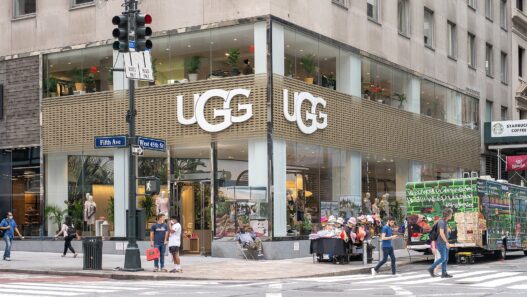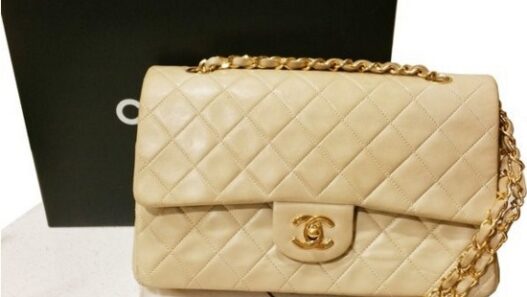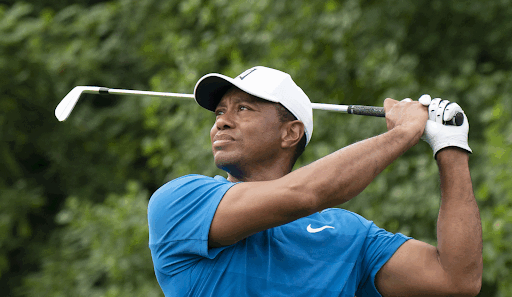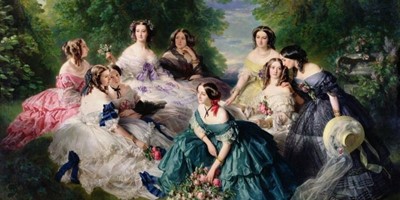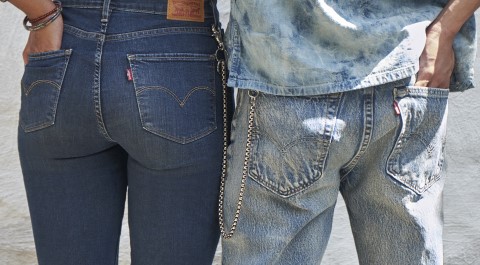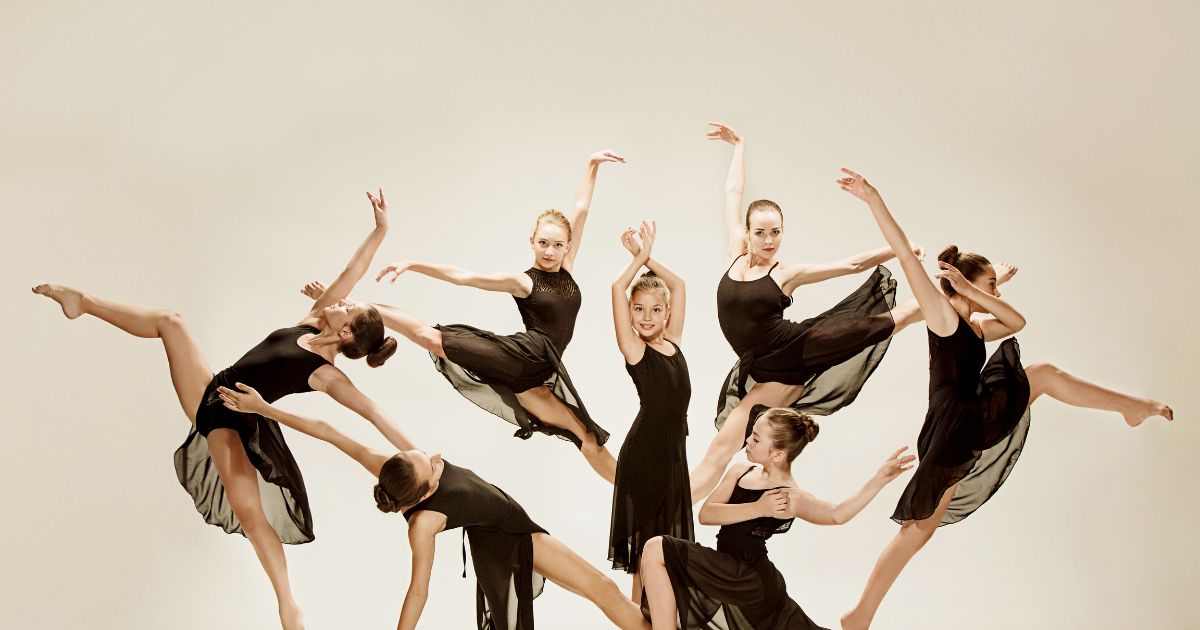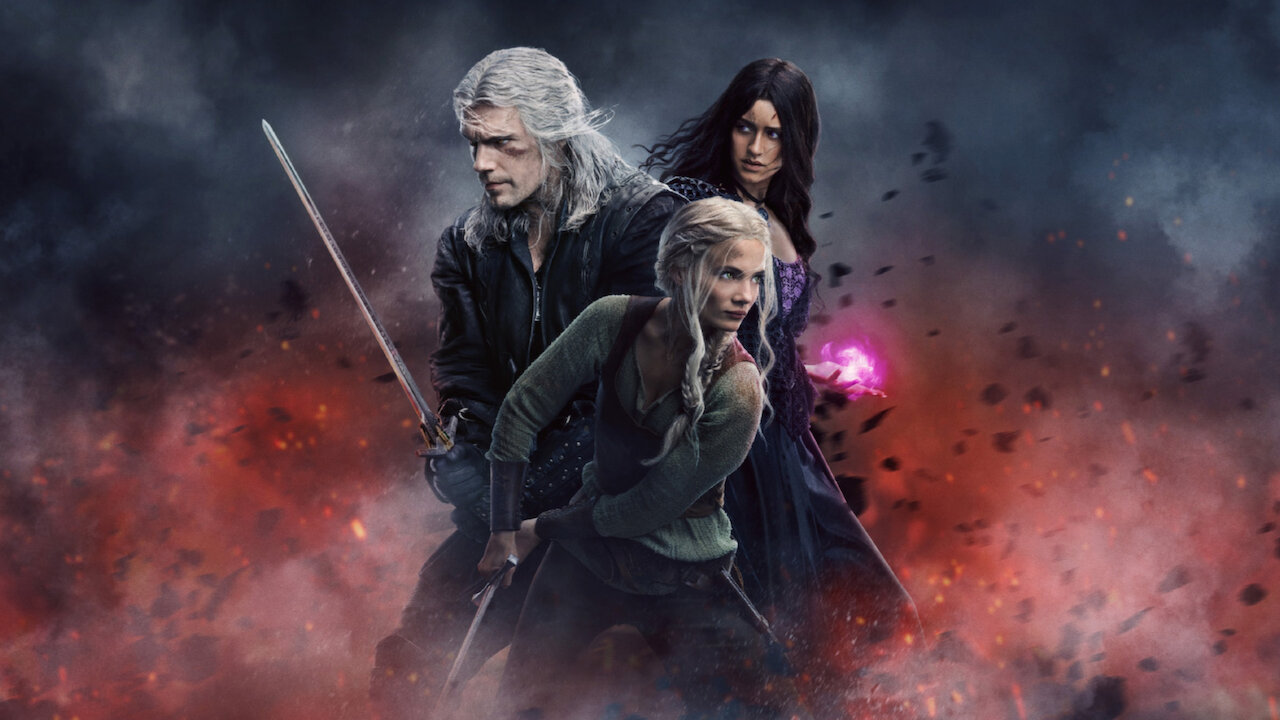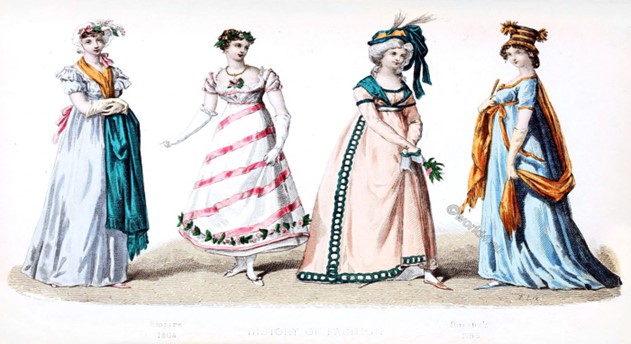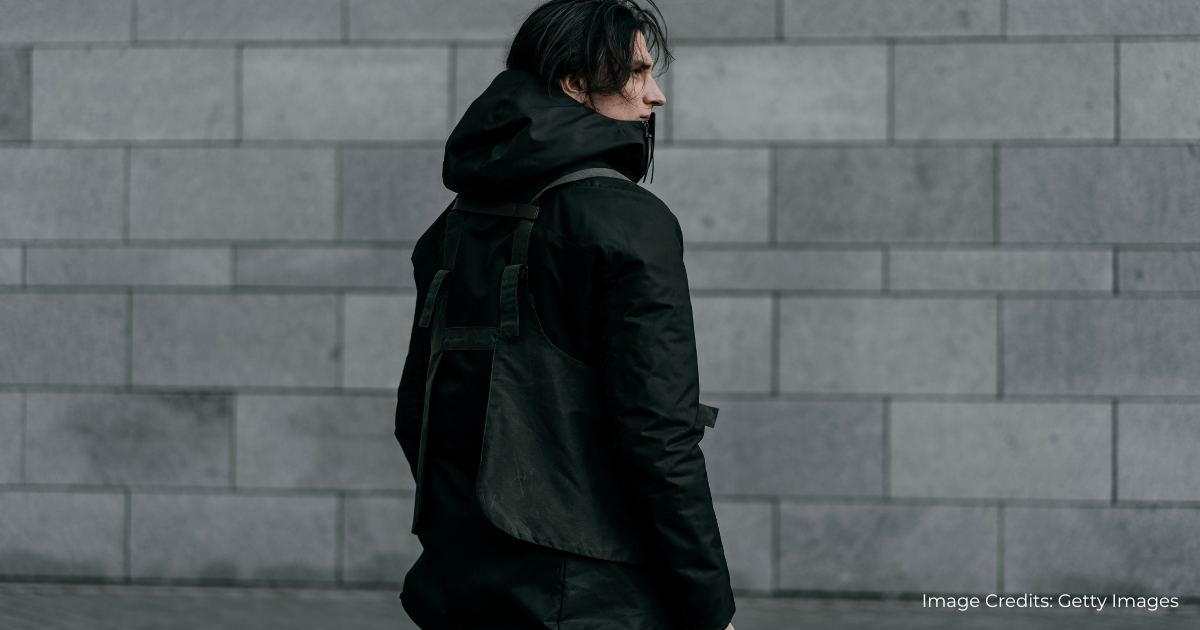In the realm of creation, fashion, and art are comparable to two cities connected by a creative highway. They have a tight bond since they have both watched mankind throughout its history. As Renaissance is the recent trend, I would be looking down on the history of fashion and art that flourished during this period.
The 16th century’s spirit and ideals were communicated via clothing throughout the Renaissance period. The fashion styles and trends of the era were a reflection of the ingenuity and inventiveness that characterized the artistic expression of the time. Peasants, the middle class, and the nobility made up the three main social classes of society. Queen Elizabeth & Christopher Columbus had a huge impact on Renaissance fashion, which contributed to the stark differences between the attire worn by elite & lower-class society. During the Renaissance, clothing served as a social class indicator.
In French renaissance means “rebirth”. This rebirth was also depicted in fashion with the change in styles and trends in the era. Modern society’s attire nowadays is a direct representation of each individual’s mentality and worldview. This may reveal something about a person’s sexual orientation, preferred musical genre, or religion. Fashion expanded its meaning to encompass the sensation of the presence or bare form. The Renaissance’s qualities and the historical context that influenced how members of various social strata dressed were highlighted via fashion.
The Renaissance was a transformative period in European history, characterized by a revival of intellectual and artistic pursuits. This period, spanning from the 14th to the 17th century, brought about profound changes in various aspects of society, including fashion. The Renaissance marked a departure from the rigid and somber clothing styles of the Middle Ages, giving rise to a new era of opulence, individualism, and creative expression. In this essay, we will explore the significant impact of the Renaissance on fashion and how it revolutionized the way people dressed.
- Shifting Paradigms:
The Renaissance witnessed a shift in the prevailing mindset, with a renewed emphasis on humanism and individualism. This change in attitude permeated every aspect of life, including fashion. In contrast to the medieval period, where clothing was primarily utilitarian and dictated by social hierarchy, Renaissance fashion became a means of personal expression. People began to view clothing as an extension of their identity and a reflection of their social status, resulting in the emergence of distinct fashion trends.
- Exploration of Fabrics and Silhouettes:
During the Renaissance, there was a heightened curiosity about the wider world, leading to extensive exploration and trade. This exploration had a profound impact on fashion as new fabrics, colors, and patterns were introduced. Luxurious fabrics like silk, velvet, and brocade became increasingly popular, showcasing wealth and prosperity. The use of intricate embroidery, lace, and pearls further enhanced the opulence of garments. Additionally, the discovery of new dyeing techniques allowed for a broader range of vibrant colors, breaking away from the muted tones of the Middle Ages.
The Renaissance also saw a departure from the restrictive and constricting clothing styles of the past. The advent of the tailor’s art allowed for more fitted garments that highlighted the natural contours of the body. The fashion of the time emphasized a balanced and symmetrical silhouette, with attention drawn to the waistline. This emphasis on the human form created a sense of grace and elegance, further reinforcing the newfound appreciation for beauty and individuality.
- Influence of Art and Culture:
Art and culture played a significant role in shaping Renaissance fashion. Paintings and sculptures of the era showcased elaborate and luxurious clothing, providing inspiration for the fashion-conscious. Artists such as Leonardo da Vinci and Raphael portrayed their subjects in exquisite garments, influencing the styles of the time. Portraits became an essential medium for displaying wealth and status, with individuals commissioning paintings to immortalize their fashionable attire.
The Renaissance also saw the rise of the courtier, an influential figure who acted as a patron of the arts and set fashion trends. The courts of Italy, France, and England became centers of sartorial innovation, as nobles competed to display their wealth and taste through clothing. Fashion became a tool for social advancement, and individuals sought to emulate the styles of the upper classes, leading to a trickle-down effect that influenced fashion throughout society.
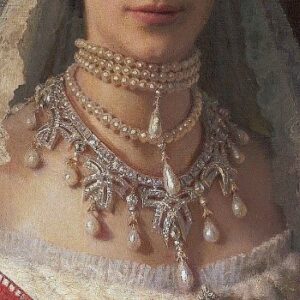
- Evolution of Fashion Accessories:
The Renaissance marked a significant evolution in fashion accessories. Accessories became an integral part of the dressing, serving both functional and decorative purposes. Men and women adorned themselves with ornate jewelry, including necklaces, earrings, and rings, often featuring precious gemstones. The popularity of gloves increased, with embroidered and perfumed gloves becoming a symbol of status and refinement.
Headwear also underwent a transformation during this period. Men sported various styles of hats, such as the beret and the feathered cap, while women wore elaborate headdresses, often adorned with jewels and veils. The evolution of accessories not only added flair to outfits but also allowed individuals to showcase their wealth and personal style.
- Influence of people
Queen Elizabeth played an evolutionary role when it comes to fashion in the Renaissance era. She was the ideal model of admired styles and fashion by inspiring many people. The degree of influence of queen Elizabeth was quite unexpected. Because of her position of power, Queen Elizabeth was able to infect the whole realm with her fixation on current fashion trends. Queen Elizabeth was exceptionally skilled at making the most of any circumstance that came her way. Early on, she understood that wearing expensive clothes and dressing in style would help her command respect and power among the materialistic people under her rule.
Conclusion:
The Renaissance revolutionized fashion by ushering in an era of individualism, opulence, and artistic expression. It shifted the focus from conforming to social norms to embracing personal style and creativity. The exploration of new fabrics and silhouettes, the influence of art and culture, and the evolution of fashion accessories were all significant outcomes of this transformative period. The impact of the Renaissance on fashion reverberates to this day, as its influence can still be seen in the way we dress and express ourselves through clothing.
References
https://www.yoair.com/blog/anthropology-renaissance-fashion-trends-influence-on-modern-society/
https://ivypanda.com/essays/the-fashion-of-the-renaissance-period/
https://ameliafcp.wordpress.com/2019/05/14/how-renaissance-art-has-influenced-fashion/
https://www.ipl.org/essay/Fashion-In-The-Renaissance-PKBA3J22PJ4D6
Author- Khirba



